When the Lakers acquired Luka Dončić at this year’s trade deadline, Austin Reaves’ long-term future in L.A. suddenly appeared murky. Would the Lakers keep all three of Reaves, Dončić and LeBron James, or would they look to flip Reaves to balance out their roster?
They opted to stand pat at the trade deadline, and Lakers general manager Rob Pelinka recently implied that they feel the same way heading into the offseason.
“The level of confidence in Austin Reaves, LeBron James and Luka Dončić is at an all-time high, still,” Pelinka said at his end-of-season press conference. “So, no change in how we feel about those three guys [after the playoff defeat]… I think those three guys have incredible promise playing together and we will collectively do a better job to make sure they’re surrounded by the right pieces to have ultimate success.”
However, the Lakers are in somewhat of a tricky spot with Reaves contractually. He’s on a guaranteed contract for $13.9 million next season, but he has a $14.9 million player option in 2026-27 that he’s a virtual lock to decline. Unless he signs an extension before then, he’d become an unrestricted free agent during the 2026 offseason.
The NBA’s new collective bargaining agreement did expand how much teams are allowed to offer players in extensions, but it still might not be enough to get Reaves to sign on the dotted line. Teams can now offer 140% of the player’s previous salary or the league’s estimated average player salary (whichever is greater). They were previously limited to 120% of either.
According to ESPN’s Bobby Marks, the Lakers’ extension offer to Reaves this offseason would top out at four years and $89.2 million with a first-year salary of $19.9 million. If Reaves bypasses that to become a free agent in 2026, he’d be eligible for a starting salary up to roughly $42.5 million on a five-year, $246.7 million max deal from the Lakers or a four-year, $182.9 million max deal from any other team.
Reaves isn’t likely to receive a max deal either from the Lakers or another team as a free agent in 2026, but he should easily top the most the Lakers can offer him in an extension this offseason. He’s fresh off a season in which he averaged a career-high 20.2 points, 5.8 assists, 4.5 rebounds and 2.7 made three-pointers per game while shooting 46.0% overall and 37.7% from deep.
Immanuel Quickley put up similar numbers in 2023-24 before signing a five-year, $162.5 million deal with the Toronto Raptors this past offseason that has an additional $12.5 million in unlikely-to-be-earned incentives.
If the Lakers somehow Jedi-mind-trick Reaves into signing their max extension offer this summer, that would be the best-case scenario for them. The starting salary of his new deal would be well below his projected free-agent cap hold in 2026 (roughly $26.5 million). That would give them additional wiggle room to find a co-star to pair with Dončić if James retires after next season.
Bypassing an extension wouldn’t be without risk for Reaves, either. If he suffered a major injury this coming season, that could impact the type of offers he receives as a free agent in 2026.
The leaguewide cap-space landscape could drastically change between now and then, too. While multiple teams appear to be lining their books up to have significant cap space in 2026, there’s no guarantee that they don’t pivot at some point, particularly if top free-agent targets such as Dončić, Kevin Durant, Trae Young and Jaren Jackson Jr. are off the board.
This offseason, the Brooklyn Nets are the only team projected to have significant cap space. As a result, one “prominent agent” told ESPN’s Brian Windhorst that he’s been preparing his clients for “a free-agent recession.”
The first agent predicted that 2026 should be different, as “the cap will be going up and teams will clean up their books as they deal with the new spending rules.” The Los Angeles Clippers and Miami Heat, in particular, appear to be angling to keep cap space clear in 2026.
However, Heat president Pat Riley told reporters during his end-of-season press conference that “there has to be some change” in Miami this offseason and that neither he nor Heat governor Micky Arison have the appetite for “a long process.”
A sign-and-trade could be an option for Reaves in 2026 if he’s unable to find a viable landing spot with cap space. However, teams that acquire players via sign-and-trade get hard-capped at the first apron, which could prevent several contenders from acquiring him off the bat. The Lakers likely wouldn’t lowball Reaves if the floor fell out on him in free agency, but he also can’t entirely rule that possibility out.
Still, the upside of playing out his contract year and testing free agency in 2026 far outweighs the downside from a financial perspective. If Reaves is satisfied with taking roughly $90 million this summer, that should delight the Lakers, as he could be far more costly the following offseason.
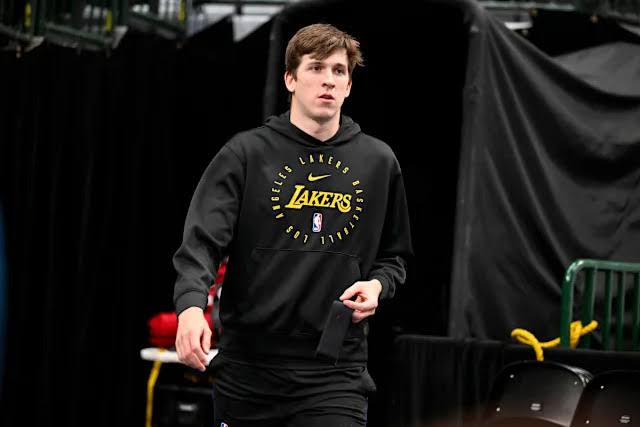





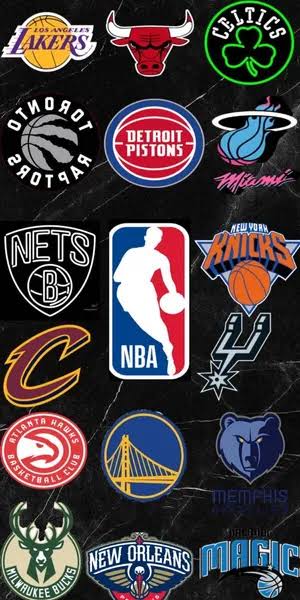
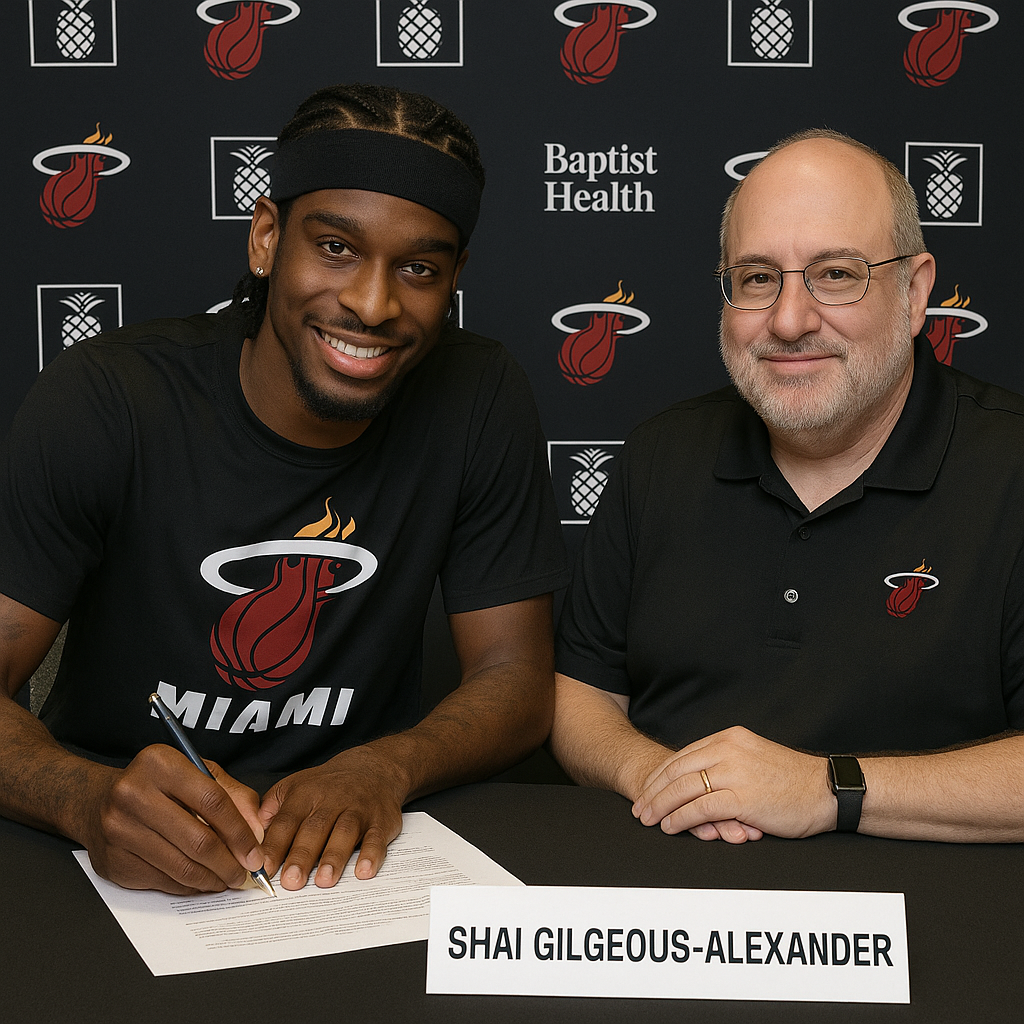


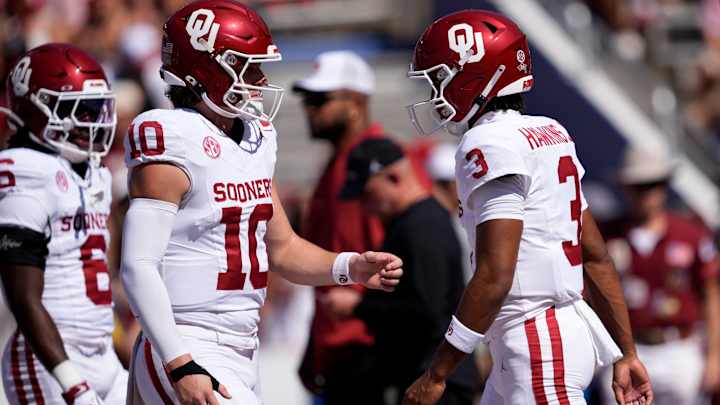
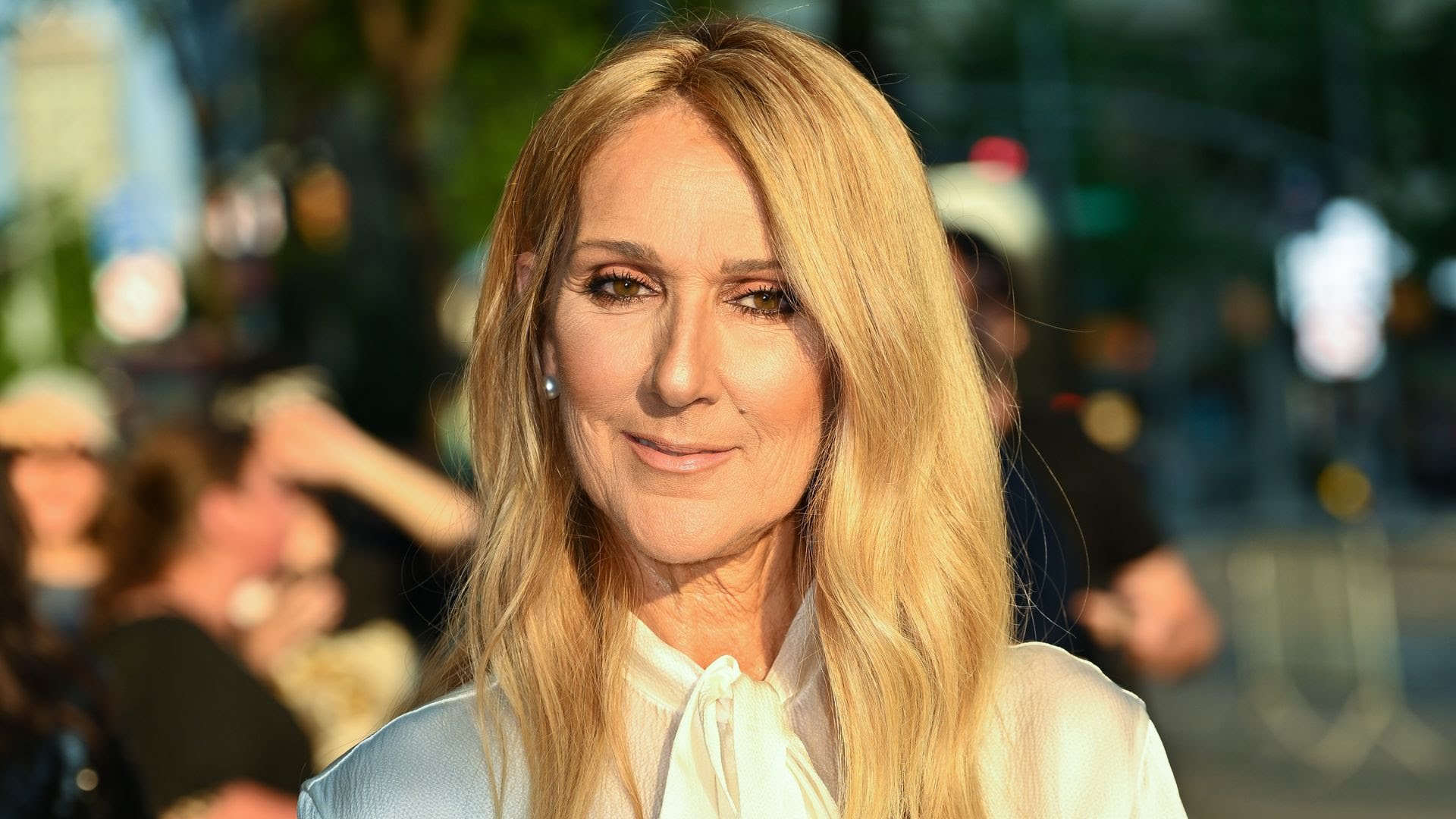
Leave a Reply